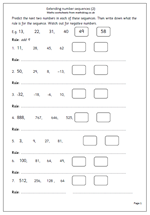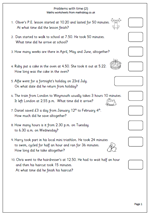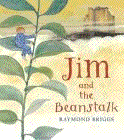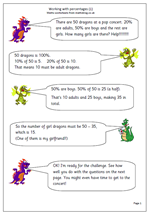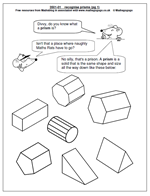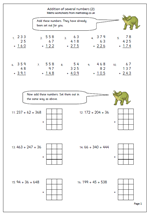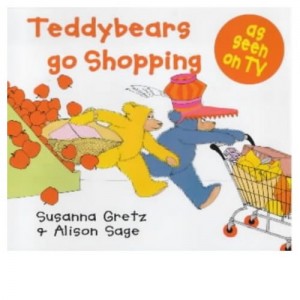This is the second page which looks at trickier number sequences. It includes a couple of questions which use negative numbers. Children are asked to predict the next two numbers in the sequence and then write in words what the rule for the sequence is. The page includes addition, subtraction, multiplication, square numbers and halving, so it is quite a mixed bag and as always it is interesting to see how children approach a task which is one of the early stages of algebra.
This page can be found in our Year 6 maths worksheets, under the heading of Using and Applying Maths.
